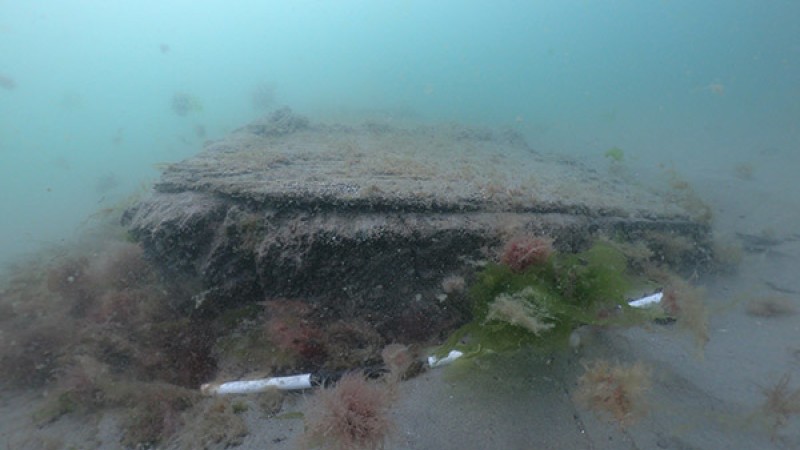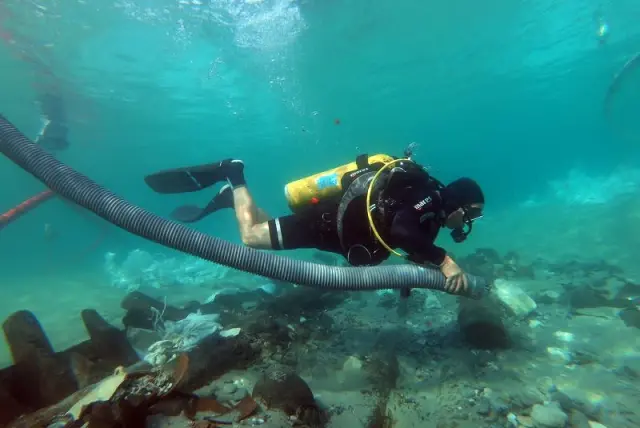From top to bottom, the rudder measures over 11 meters (36 feet). Although experts are concerned about its recent exposure to the outdoors, it is in good shape.
The rudder of the 250-year-old British cruiser HMS Invincible was discovered on May 24, 2022, in the bottom of the Solent, a small stretch of the English Channel that runs between the Isle of Wight and the southern coast of mainland England, after five years of shipwreck excavation.
The first HMS Invincible was built in 1744, based on the French ship L’Invincible. Her service in the French Navy, however, was cut short when she was captured by the British at the first Battle of Finisterre on May 3, 1747.
Unfortunately, a succession of unfortunate events led to the Invincible’s fate in 1757, while she was preparing to sail to Louisbourg (modern-day Nova Scotia). She sank seven meters (23 feet) below the surface on a small sand bar. She remained there for more than two centuries before being discovered by local fisherman in 1979.
Archaeologists and divers from Bournemouth University and the Marine Archaeology Sea Trust started excavating the destroy in 2017 however had been not able to discover the rudder till past due May 2022 whilst it turned into discovered about sixty meters (197 feet) from the principle destroy site.



The explanation of Dr. Dan Pascoe, an archaeologist at the University of Bournemouth, is as follows:
“We have conducted several routine surveys of the seabed, and had previously noted an anomaly in the sand, which I suspected could have been the rudder. “Since then, natural erosion of the sand has revealed more of its secrets and our divers have finally been able to confirm where it has been hiding the missing piece of the puzzle.”
Dr. Rachel Bynoe of the University of Southampton and Heather Anderson of the Maritime Archeology Trust were the first to steer from the Bournemouth dive team. Next, on a second dive expedition from Bournemouth University, images and videos of new discoveries were captured.
Well-preserved under the sea
The rudder is whole and is over 11 meters (36 feet) long from top to bottom. It is in good condition, although now that it has been exposed to the elements in the sea, there is an increased risk of deterioration and damage.
Dr. Pascoe explained: “In the short term we are going to bury it with sandbags to protect it from further erosion, then longer-term our team is looking into whether it can be brought to the surface and preserved safely.”
